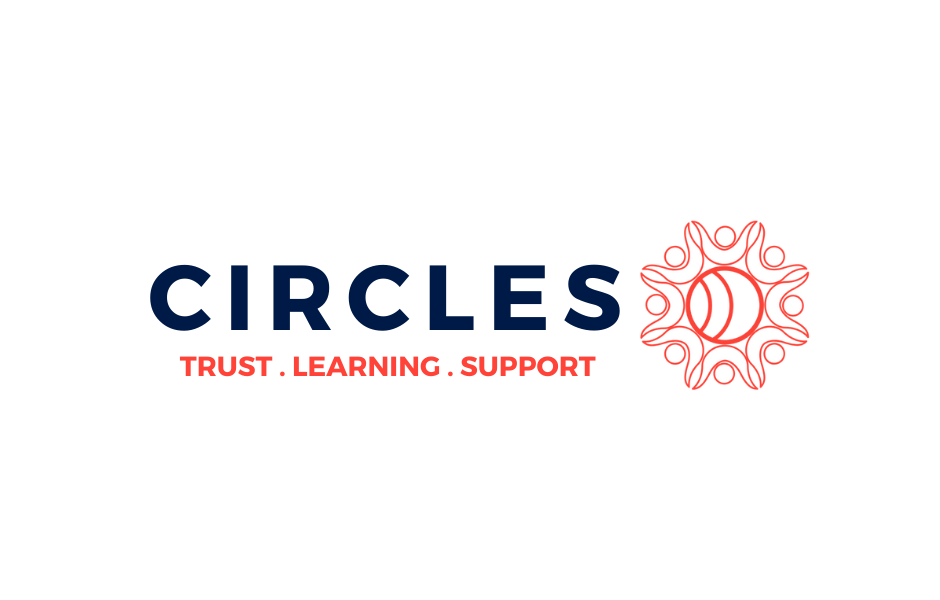We Need to Talk About How We Talk About Systems Change...
Nat Kendall-Taylor
CEO
FrameWorks Institute
@natkendallt
Bill Pitkin
Fellow
FrameWorks Institute
@billpitkin
Whether it’s systemic racism, failures in our public health system, or the need to restart our economic system, people are talking about systems. If you work in the social sector, where improving lives through systemic change has been an aspiration for decades, this is a welcome and exciting moment.
Many advocates have shifted from focusing on individual behaviors and choices to the conditions that lead to negative and disparate outcomes. Emphasizing individual agency can cue “bootstraps” thinking—the idea that outcomes depend exclusively on individual decisions and behavior—which we know is a powerful strand of American culture.
Systems thinking corrects that fallacy by accounting for the structures and conditions that determine opportunities and constrain the parameters in which individuals act and make decisions.
BUT… If we are going to channel all this talk into actually changing systems, we’ve got to make sure that we are talking about systems in the right way.
Americans see systems as opaque, intransigent, unwieldy, and corrupt. Beyond control or remediation.
Ever get into a dinner party conversation about education with a parent? Most of us struggle to engage in big broad conversations about the education system writ large. But even though we are quick to back out of these conversations, we have no problem thinking and talking about our kid’s teacher.
And it’s not just education. That’s how many people see economic systems. And how they view the justice system, the immigration system, and the healthcare system. And for many it’s how they see systemic racism — we see it, we can know it’s wrong, but we feel deep angst because we believe it’s too big for us to solve.
That’s the conundrum. By solving one problem: getting people to see that individual outcomes are not solely a product of individual choices and decisions, we risk tapping into the vein of fatalism that runs robust when it comes to the prospect of changing systems.
If we are going to channel all this talk into actually changing systems, we’ve got to make sure that we are talking about systems in the right way.
We’ve seen this catch 22 in our work at Frameworks. A lot.
In our research on homelessness we found that when we activated a systemic perspective—the idea that the economic system works in ways that disadvantage certain groups of people —people became less convinced that homeless was a problem that could be solved. They were able to understand the structural causes of homelessness but saw the issue as an unavoidable feature of a modern capitalistic society.
If this sounds fraught and complicated, that’s because it is. Because of how humans see systems, the more we view and embrace issues as systemic, the more we run the risk that people will think that there simply isn’t anything that we can do to make things better.
That’s a problem.
But it doesn’t have to be this way. By being careful about how we present systems, we can guard against fatalistic interpretations and advance a constructive understanding of systems as under the control of people and therefore able and open to change.
We have seen the possibility of this approach. And smart, sophisticated, strategic communication skills are critical. Storytelling is essential. And the tools in the storyteller’s toolbox — like metaphors — help to pick the lock in our brains. We found that by introducing a metaphor that the economic system works like a computer program—that it was designed by people to function in a specific way--we could get people to see that it can be redesigned or “reprogrammed” to function in other ways. This idea helped create an understanding of the economy that was at once systemic and efficacious. People saw the system and saw it as changeable.
Similarly, priming people with the metaphor of water creating “constant pressure” against the wall of a dam, as a way to explain how people become homeless, participants in our research in the UK were able to clearly see – in a powerful, visceral way - that systems caused, and importantly, could prevent homelessness. The metaphor clarified the systems dimension of the issue, but critically — it also connected at an individual level that allowed solutions to seem feasible.
Similarly, if messages about the social determinants of early childhood adversity, which by themselves tend to elicit fatalism, are paired with examples showing how individuals can exert agency within and over systems, fatalism fades and people are able to hold systems and agency in mind simultaneously.
Americans see systems as opaque, intransigent, unwieldy, and corrupt. Beyond control or remediation.
In communicating about social change, getting people to understand the role that systems play in determining individual and community outcomes is necessary, but not sufficient, to motivate them to take action. To avoid fatalism, it is important to balance this thinking with individual agency and show how systems can be reformed and changed for the better. To find this balance between helping people see systems while reminding them that we have the power to change them, communicators should keep these steps in mind:
Build systems into your stories--name and describe them.
Explain how they work to cause a problem--tested metaphors can play an important role in this
ALWAYS emphasize that systems are built by people--they are the product of decisions made by human actors
Be careful NOT to give the system agency--systems don’t do things, but people, working through systems do.
Show how, by changing systems, PEOPLE can create different outcomes and solve problems.
We are talking a lot about systems. That’s a big change. And it’s a good thing, because talking about them is the essential first step to changing them.
This opportunity will not come around again anytime soon. We have to get it right. Communicators and the social sector organizations they serve, have to present a critical perspective — and a larger narrative in which systems are seen and seen as open to change, under our control, and able to be redesigned.




